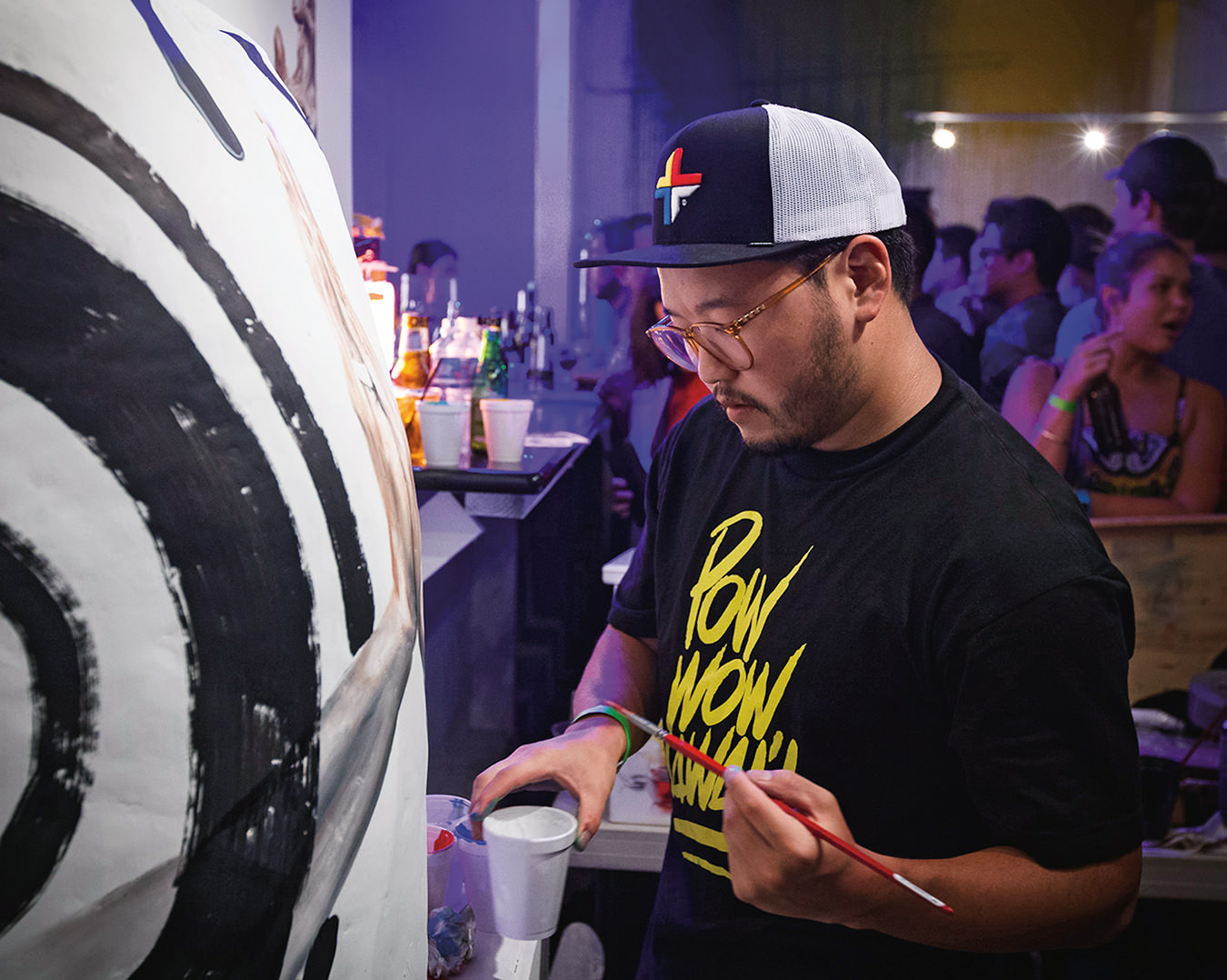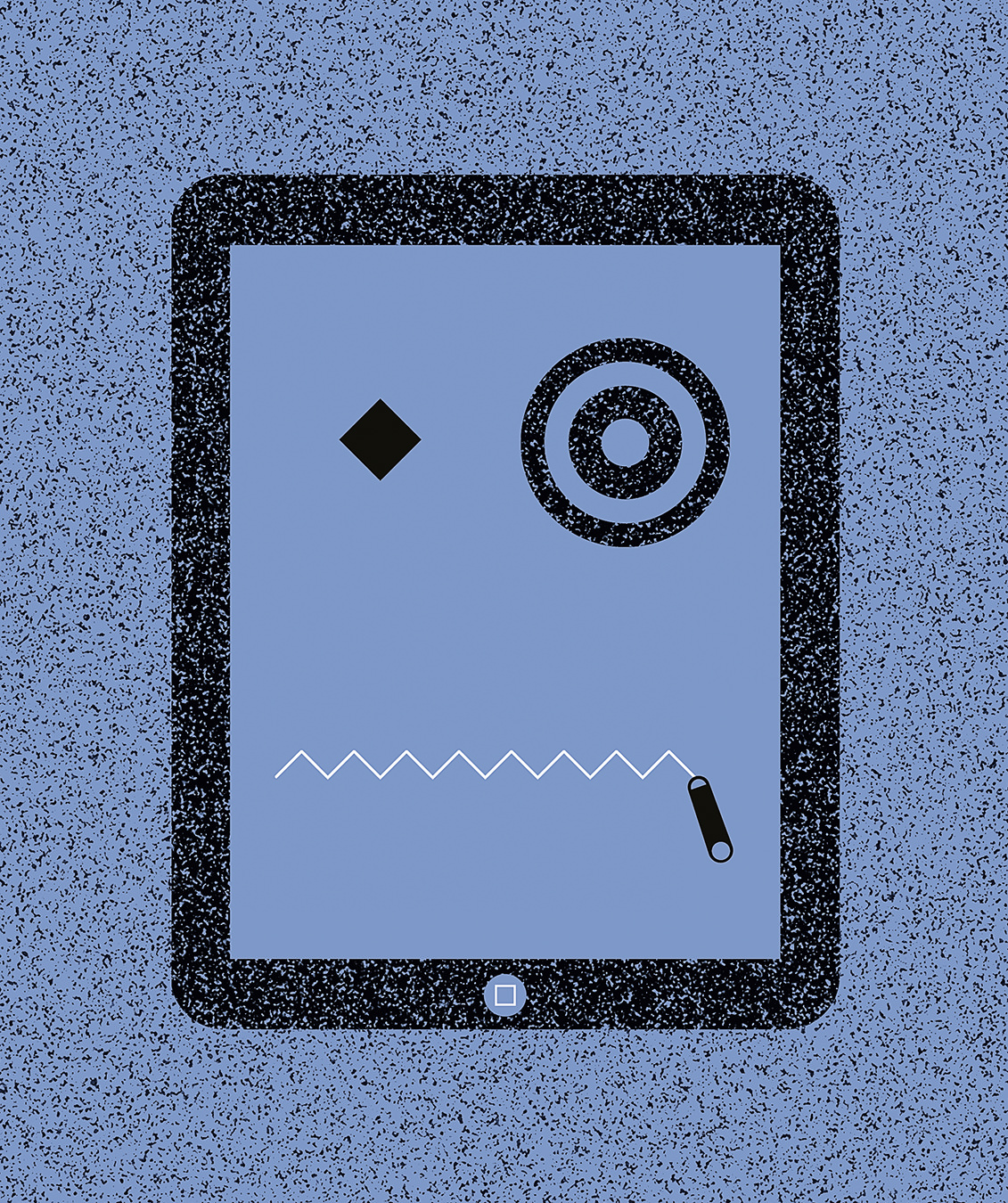Robots and the Future of Dying
How artificial intelligence is changing end of life care.

When British nurse Cicely Saunders founded the first modern hospice in 1967, she believed the new institution’s role was to provide the dying with soothing therapies in a home-like environment, along with all the kindness and attention afforded by the human touch. But Saunders perhaps could not have anticipated that a surging senior population would precipitate a fundamental shift in society’s approach to end of life care, giving rise to the creation of robots intended to assume responsibility for the needs of the dying.
By 2050, the number of people in the world aged over 60 is projected to reach two billion. The population aging the most quickly is Japan, a country expecting to face a shortage of at least 380,000 caregivers for the elderly by 2025. Japan’s contingency plan, which the rest of the world eagerly monitors, is to develop artificial intelligence (AI) capable of revolutionizing end of life care. In 2009, Japanese Ministry of Trade and Industry official Motoki Korenaga told L’Agence France-Presse that “Japan wants to become an advanced country in the area of addressing the aging society with the use of robots.” In 2013 one-third of the nation’s budget was allocated to the development of AI “carebots”—robots designed to assist, monitor, and even offer companionship to the sick, the elderly, and more pointedly, the dying.
Enter a whole host of new tools designed for the dying. The Honda Asimo can fetch a bowl of soup and carry it upstairs. Secom’s My Spoon can raise food to your mouth. The polar bear-like Riken Robear will soon be able to lift your body from the bed and carry you to the bathroom (the sweet-faced, 300 lb bot is in beta mode until it learns to be more gentle with fragile skin). Once in the bathroom, Sanyo’s bathtub can wash and rinse you. The Cyberdyne Hybrid Assistive Limb (yes, that’s “HAL”) suit can detect the attempted movement of a weak limb, giving it a boost of power. The CT Asia Robotics Dinsow can remind you to take your pills and automatically answer the phone, while the UK’s Consequential Robotics’ MiRo robo-dog can be your new best friend, alerting first responders if you become unresponsive to its peppy barks. When you’ve passed on, SoftBank’s Pepper is even able to assume the role of a Buddhist priest and perform ceremonial rituals while live-streaming your funeral.
One robot is even able to assume the role of a Buddhist priest and perform ceremonial rituals while live-streaming your funeral.
The sheer novelty of Japan’s carebots can distract from their essential purpose: to improve the quality of care people receive near the end of their lives. In that regard, an overreliance on them ensures their failure. “I worry that perhaps the motivations for these interventions are not with the best needs of the patient in mind, or perhaps without an understanding of the greater social benefit of human interaction,” says Ann Neumann, a hospice worker and author of 2016’s The Good Death: An Exploration of Dying in America. “The effort and energy put into these kinds of interventions is really discounting the benefit of human interaction to those who are dying.”
Indeed, the introduction of AI carebots into end of life care raises ethical concerns. The dying frequently suffer isolation—by 2020, 40 per cent of Americans are expected to die alone in nursing homes. In Japan the word kodokushi refers to growing incidences of elders dying alone, their bodies remaining undiscovered in their homes for weeks or months (current estimates suggest 30,000 people die this way annually in Japan, though some cleaning firms feel the number could be up to three times that). The dying are also vulnerable to indignities like infantilization, loss of privacy, and loss of independence. Offering them a robot as an alternative to social contact is, says Neumann, “a kind of abandonment.” Additionally, the flip side of modern medicine’s ability to prolong life spans is that dying is becoming an evermore more protracted and distressing experience. A study found that between 1998 and 2010 the shares of Americans experiencing confusion, depression, and pain in their final year all increased. If anything, dying in the future, as medicine continues to advance, will require ever more nuanced and sensitive care.
Indeed, the introduction of AI carebots into end of life care raises ethical concerns.
The ethical implications of introducing robots into end of life care pertain not only to the dying, but to their current caretakers as well. Notably, Japan’s status as a forerunner in carebot development has just as much to do with the needs of its aging population as it does with the insular nation’s disinclination to welcome willing and able immigrant care workers. “Countries are concerned that their young populations are not able to care for this giant bubble of elders that is upon us,” says Neumann, “but a lot of that framing of the care crisis is really engineered.” Hospice work, which entails caring for a dying individual within their home or a care centre, is one of the world’s fastest-growing fields of employment—though it is underfunded and workers are often paid near-minimum wage in addition to being vulnerable to wage theft and denial of benefits. In the U.S., the majority of hospice workers are female immigrants performing some of society’s messiest, most mundane, yet most valuable labour. The notion that complex, hands-on jobs like calming a combative patient, coaxing a person to eat, or cleaning vomit and feces could be competently usurped by shiny, unflappable bots is a fiction—and one that furthers society’s habitual avoidance of the realities of death and dying.
Robots cannot replace human care workers—but AI can still perform valuable functions in the realm of end of life care. When employed in tandem with the labour of human care workers, AI has the potential to improve the hospice industry for workers and patients alike. Recently, Stanford palliative care doctor Stephanie Harman and research scientist Kenneth Jung collaborated with a team on a project to determine how AI and deep learning—a machine learning technique that uses neural networks to filter and learn from huge amounts of data—can prompt doctors to discuss end of life care with patients as soon as they would benefit from it. “Patients have a better quality of life if palliative care is engaged earlier,” says Harman of the decision to create an early identification process. However, currently only about half of those who would benefit from the additional medical service receive it, and that lack of care is largely due to human fallibility—doctors can easily focus on treating acute issues rather than discuss end of life care; they can feel overly optimistic about a patient’s outcome, or simply wish to avoid sad conversations that may cause patients to “give up hope” (a common cause of burnout among doctors is an inability to talk with patients about death). Doctors are responsible for notifying palliative team members when a patient requires their care, and when they do not, patients are at risk of dying without access to end of life services providing them with pain relief, comfort, and opportunities to discuss their last wishes, essentially because of a correctable workflow issue. By analyzing patients’ medical records quickly, Stanford’s AI can flag patients it determines palliative care teams should follow up on. The teams are then able to approach primary care doctors and discuss whether the patient is indeed a candidate for their services. “What I haven’t seen effectively in practice is your everyday frontline clinician having that kind of data readily available and processed in a way for them to use,” says Harman.
Robots cannot replace human care workers—but AI can still perform valuable functions in the realm of end of life care.
Importantly, Stanford’s AI does not provide diagnoses, or enact any treatment plans. “What this model does is prompts clinicians to consider additional services and enhance care, and so it allows trying to promote a longer period of time of a better quality of life that leads up to end of life care,” says Harman. “If you want to make an analogy,” says Jung, “there’s a lot of attention these days to fully autonomous vehicles, trucks that will drive themselves with no human intervention, a system making all of the decisions. And that’s not what really has gone on here; this is more like modern cars that have proximity sensors that start beeping at you if you start to tailgate the car in front of you. So it’s not taking over for anyone, it’s not making decisions about what kind of care a person does or doesn’t get, this is really about bringing an extra stream of information to provide a little extra level of scrutiny that patients can benefit from.”
Harman and Jung may not have created a carebot, per se, but they do agree that the future of end of life care AI lies in the realm of home care—specifically, in sensors and recording devices able to gather data created outside of the hospital setting. “Much of a patient’s life as they experience illness takes place outside of hospitals,” says Harman. “How do we collect that information about what activity patients can tolerate, what happens to their pain throughout the days and weeks they’re not in the hospital? Of course, the question this raises is if we should contribute more to care that occurs outside of clinics.”
It seems as though the dying will not be meaningfully aided by realistic, android Florence Nightingale-bots anytime soon. Instead, AI will increasingly be geared towards augmenting, rather than replacing, the work of doctors and hospice staff with systems that address specific weaknesses in their abilities and encourage increased dialogue between the dying and their care givers. Sensors and data processors may not be as cutting edge as being cradled by a robot polar bear, but at least they can help us rest in peace.
________
Never miss a story. Sign up for NUVO’s weekly newsletter, here.




